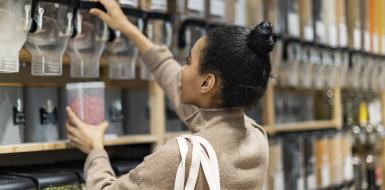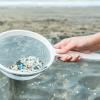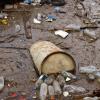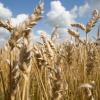This page provides an overview of our news about (micro)plastics.
Main sources of microplastics in the environment are tyre erosion, plastic waste and industrial plastic granules
More and more tiny bits of plastic are ending up in the environment. The main sources of these microplastics are tyre erosion, plastic waste and plastic granules used as an industrial raw material. This is the outcome of a study conducted by RIVM.

Recycled Plastic Packaging in the Netherlands Still Falls Short
Only 7 percent of plastic packaging in the Netherlands is reused as material for new packaging. The Dutch government aims to ensure that by 2050, no packaging is made from (new) fossil-based resources.

Urgent need for more research into environmental effects of microplastics
Additional solutions are urgently needed to limit emissions of microplastics into the environment. Growing quantities of microplastics (particles of 5 mm or less) are entering our living environment every day.

Current knowledge on microplastics in the soil is still inadequate
A literature review carried out by the National Institute for Public Health and the Environment (RIVM) has concluded that reliable standard techniques should be developed to analyse microplastics in the soil.

RIVM calls for increased involvement of scientific community in solving plastic crisis
Industry and policymakers are not availing themselves enough of the available scientific knowledge when it comes to smarter ways of dealing with plastics.

Nature Nanotechnology publishes RIVM research on plastics
On Thursday 20 January, Nature Nanotechnology published the article Quantitative tracing of uptake and transport of submicrometre plastics in crop plants using lanthanide chelates as a dual-functional tracer.
